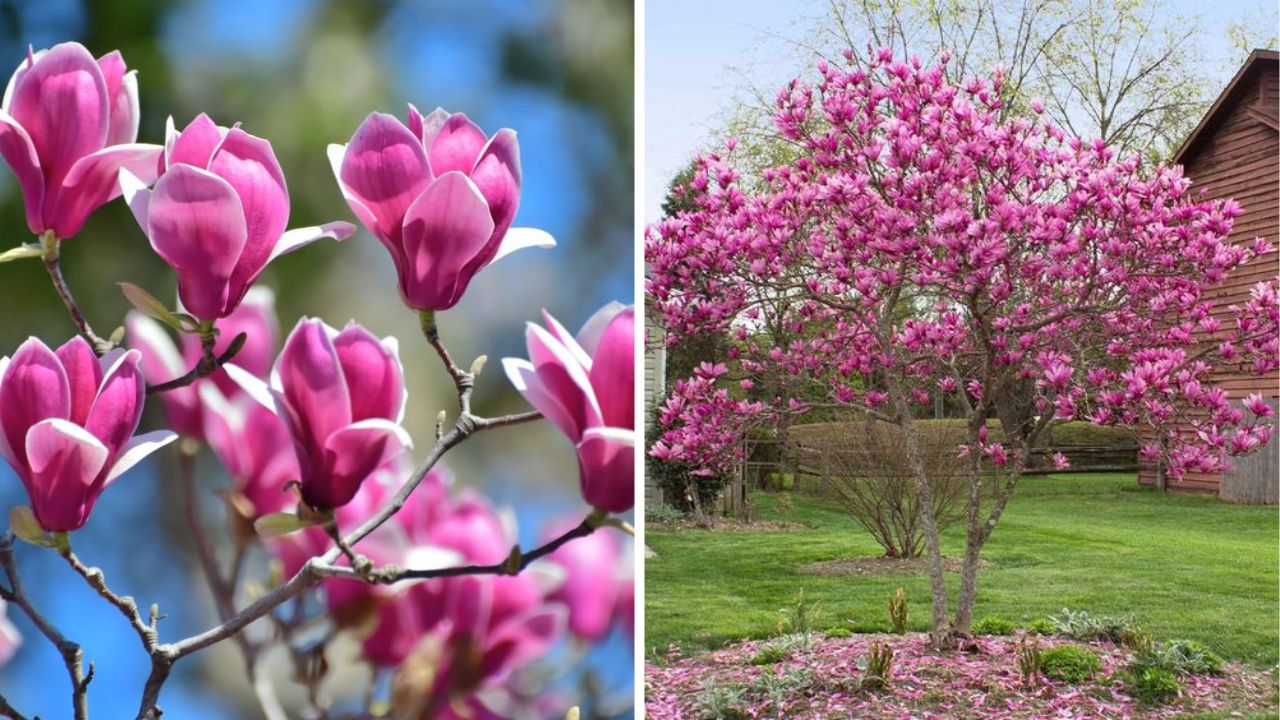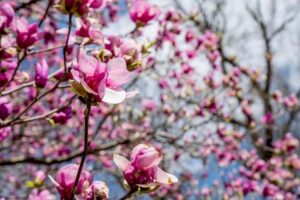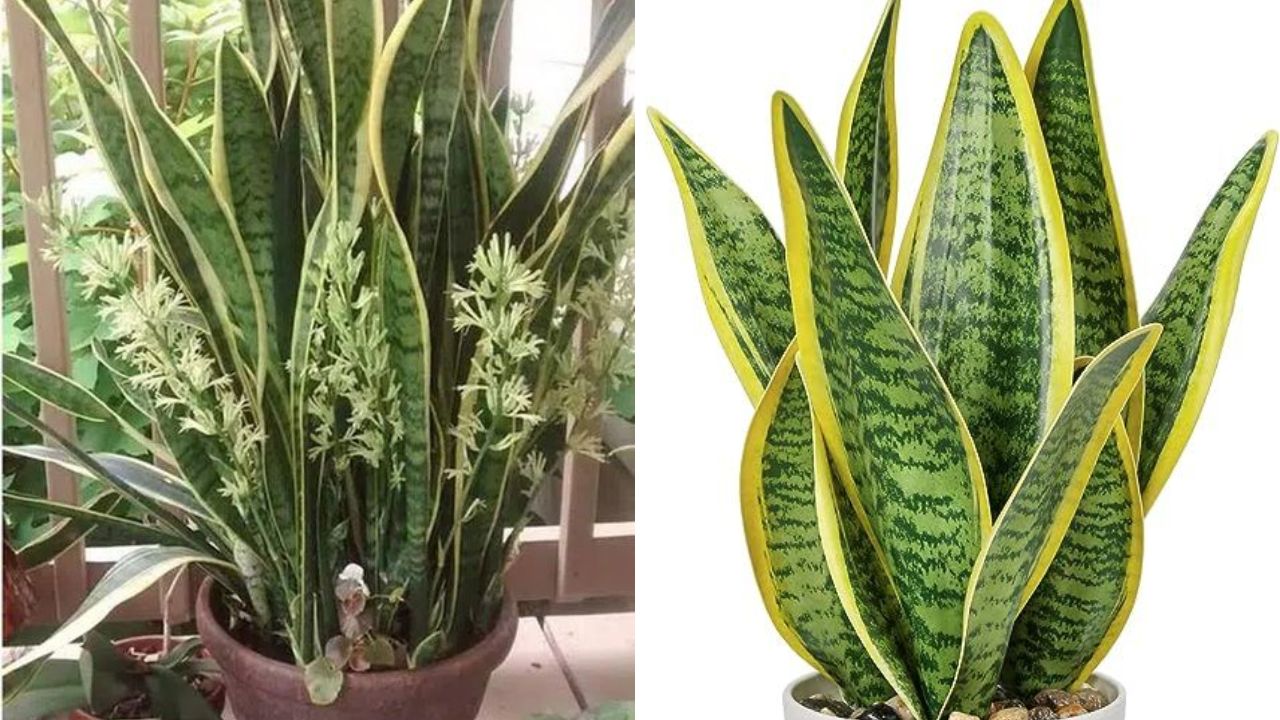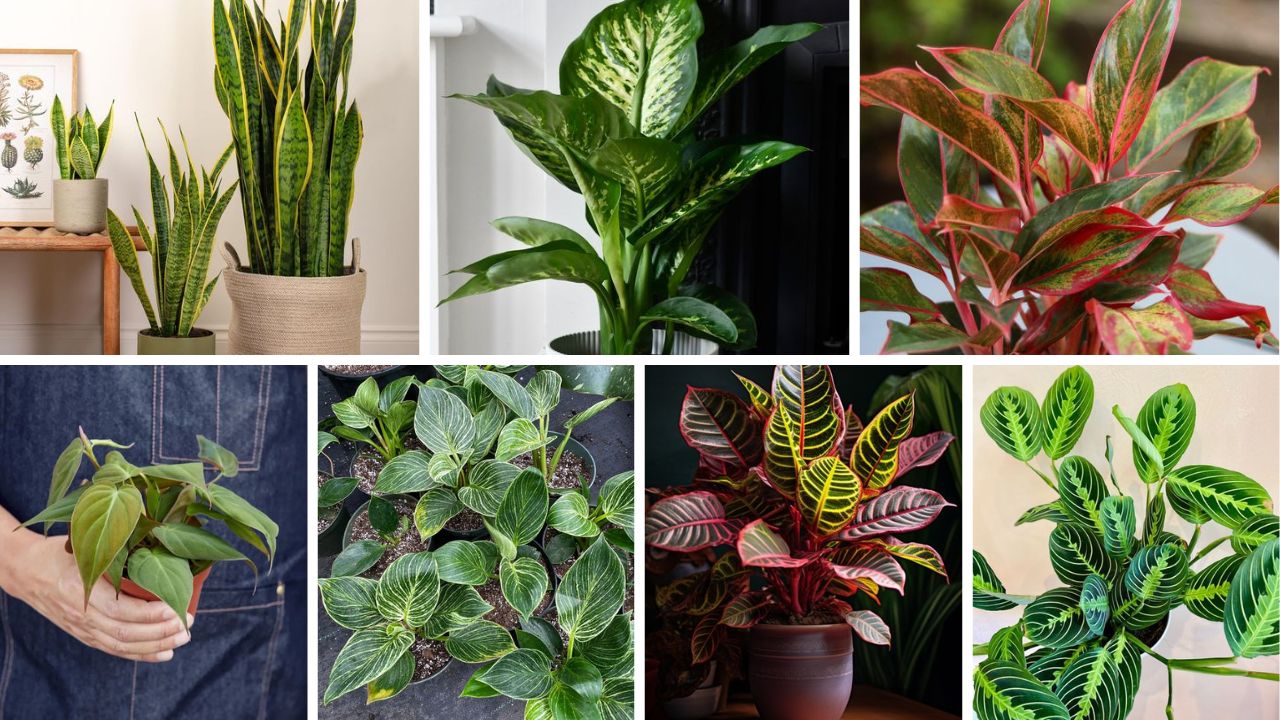
Jane Magnolia Complete Guide To Grow And Care
A smaller hybrid of the bigger southern magnolia, the Jane magnolia is more resilient to colder climates while still producing striking blossoms. Although it thrives in full sun, it will benefit from midday partial shade in regions with hot summers. Most soil types are also acceptable for Jane magnolia, provided that they drain properly.
Jane Magnolia Tree Overview

| Common Name | Jane Magnolia |
| Botanical Name | Magnolia ‘Jane’ |
| Family | Magnoliaceae |
| Plant Type | Shrub, tree |
| Mature Size | 10-15 ft. tall, 8-12 ft. wide |
| Sun Exposure | Full, partial |
| Soil Type | Moist but well-drained |
| Soil pH | Neutral, acidic |
| Bloom Time | Spring |
| Flower Color | Pink, white |
| Hardiness Zones | 4-8 (USDA) |
| Native Area | North America |
Jane Magnolia Care

The main maintenance need for Jane Magnolia once it is established is water. The plant grows less reliant on water as it ages. Here are the main care requirements for Jane Magnolia:
- Select a sunny area that receives at least six hours of direct sunshine.
- Get rich, draining soil ready.
- Although the plant will eventually become very drought-tolerant, it is best to water it frequently while it is being established.
- Fertilize once every two years in the spring.
Light Requirements
Plant your Jane magnolia in a partially shaded or full sun spot. In colder climates, choose a site with full sun. The plant will benefit from partial shade in warmer locations. Keep it away from warm southern exposure, since this could cause the buds to open too soon in the spring. Sunscalds may occur in magnolia blossoms exposed to excessive heat.
Soil & Potting
The ideal soil for Jane magnolia is medium-moisture, neutral to slightly acidic, and rich in organic matter. Magnolias do not fare well in wet or poorly drained soils, although they are easily adapted to a wide range of soil types, including sand, clay, and loam. To assist the soil retain moisture, add a layer of root-zone mulch, but keep it 4 inches away from the plant’s trunk.
Watering
Watering this deciduous shrub twice or three times a week is required during the first growing season. If there is any dryness in the top 2 to 4 inches of soil, it is time to water. When it’s hot, increase the water to soak the ground up to 8 inches. The magnolia is relatively drought tolerant if it is well-established.
Temperature and Environment
The lowest temperature this plant can withstand is -20 or -30 degrees Fahrenheit. Its greatest threat, powdery mildew, can only be avoided with adequate air circulation.
Fertilization
Fertilize the Jane magnolia every two to three years in the spring once it has taken root. Compost can be applied to the plant in the spring along with water to fertilize it. Then apply an acid-loving plant fertilizer, such as Holly Tone, in the early fall. For the amount to use, follow product label directions.
Types of Magnolia
Magnolia ‘Jane’ is one of the eight hybrid magnolias created in the 1950s as part of the Little Girl Series. Botanists Francis DeVos and William Kosar developed Magnolia ‘Jane’ in the National Arboretum in Washington, D.C. ‘Jane’ is a cross between M. liliiflora ”Reflorescens’ and M. stellata ‘Waterlily.’
Magnolia ‘Pinkie’: ‘Reflorescens’ crossed with ‘Rosea.’ Approximately 11 feet tall, this shrub bears bigger flowers that are 7 inches across; similar to Jane magnolia, it blooms in late April.
Six other hybrids result from crossing Magnolia liliflora ‘Nigra’ with M. stellata ‘Rosea.’ Their size, color, and bloom period vary:
- ‘Ann’: Deep purple-pink; grows about 12 feet tall; early spring bloomer.
- ‘Betty’: Pink-purple; grows about 15 feet tall; midseason bloomer.
- ‘Judy’: Light pink-purple, doesn’t open wide; shorter shrub, about 9 feet tall; produces smaller blooms (3 inches wide); midseason bloomer.
- ‘Susan’: Deep red-purple; grows about 15 feet tall; midseason bloomer.
- ‘Randy’: Red-purple; smaller shrub, grows about 11 feet tall; midseason bloomer.
- ‘Ricki’: Red-purple; smaller shrub, grows about 11 feet tall; midseason bloomer; similar to ‘Randy’ but produces slightly larger flowers.
Pruning

Jane magnolia doesn’t require much, if any, pruning in its early years. Pruning early in the spring is discouraged since, as a general rule of thumb, the earliest flowering trees and shrubs set blossom buds the year before. Removing damaged or dead branches should wait until the plant has flowered.
To maintain the tidy appearance of the shrubs, it is advisable to remove any potential suckers by pruning them. Wait till after bloom if your magnolia has to be reshaped. After that, don’t trim the Jane magnolia in any way. Jane magnolia shrubs and trees do not recover well following severe pruning.
Propagating Jane Magnolia
Because Jane magnolia is a sterile plant, it can only be propagated by cuttings rather than seeds. How to do it is as follows:
- Select stems that exhibit both softwood and semi-hardwood growth patterns, and harvest them early in the day while the plant is retaining more moisture.
- Using sharp pruning shears, cut 4 to 6 inches from the selected stem, then cover it in a moist paper towel.
- Submerge the lower portion of the cutting into a rooting hormone solution containing 4,000–5,000 parts per million IBA.
- Plant it right away in a 5-inch pot that has been moistened with potting soil. If you have a misting chamber, use it. In eight weeks, the cuttings will begin to take on roots.
Overwintering
The cold-hardy Jane Magnolia tree can withstand bitterly cold winter months. During hard frost times, you can cover the base with mulch and wrap it with burlap at the extremes of its range.
Common Pests & Plant Diseases
The resilient Jane magnolia bush rarely has significant pest or disease issues that require attention. Overcrowded and very wet leaves may develop powdery mildew. Additionally, although it is uncommon, bacterial and fungal factors can induce leaf spots on magnolia leaves. Additional possible disease issues include canker and anthracnose, which can be managed with copper fungicides.
Although insect problems are uncommon, you may occasionally observe weevils, snails, scales, and thrips if you notice anything hurting the tree. Use horticultural oil, a successful organic pest control technique, to cover the entire plant to preserve control.
How to Get Jane Magnolia to Bloom
Bloom Months
The Jane magnolia often blooms in April or May throughout the spring, and it could bloom again in the summer.
What Do Jane Magnolia Flowers Look and Smell Like?
This plant produces distinctive pink-purple magnolia flowers with white centers that are about 4 inches in diameter. The fragrance of Jane magnolia blossoms is mildly pleasant.
How to Encourage More Blooms?
Water is the primary component influencing the plant’s blooms. This shrub need frequent watering in order to bear blossoms, and it prefers damp soil. Pruning too deeply can remove the buds for the upcoming season, which is another reason a Jane magnolia could not blossom. Proceed with caution while pruning. To help your tree develop more quickly in the early spring and possibly to induce a second bloom in the summer, apply a slow-release fertilizer.
Caring for Magnolia Jane After It Blooms
There isn’t any particular care needed post-blooming for Jane magnolia, but make sure it continues to get enough water.
Deadheading Magnolia Jane Flowers
Deadheading Jane magnolia blossoms is not necessary. After they are used up, which might take up to a month, they fall to the ground.
Common Problems With Jane Magnolia
Jane magnolia is a hardy hybrid that is resistant to most pests and diseases and requires little maintenance. It is susceptible to external forces and environmental circumstances much like any other plant.
Leaves Wilt and Brown
If leaves begin to wilt and turn brown, underwatering is most likely the source of the leaf scorch. Maintaining moisture in the soil will stop the problem and promote healthy growth.
Twig Death
Though Verticillium wilt is an uncommon fungal ailment, it can strike any tree that has been infected with Verticillium dahliae, a soil-borne fungus. Twig dieback is the first, albeit elusive, indication of the disease. Once inside the plant’s vascular tissues, the fungus typically spreads swiftly. The fungus eventually kills the plant by obstructing the water-conducting channels.
The disease can linger in larger, more mature trees for many years before eventually killing the tree. Since it is systemic, there is no turning it back. By giving the tree regular fertilizer and watering, you can delay its demise.
Dusty Leaves
Your Jane magnolia probably has powdery mildew if its leaves look like they have a covering of dust on them. It usually happens in the hottest part of the summer. It could begin as white, powdery patches and progress to cover the whole leaf, including the underside. Branches may twist, break, or appear deformed, and leaves may finally turn yellow and die. Use a fungicide to treat it, or try some good over-the-counter cures like baking soda and water spray or diluted milk solution.
Also Read: Texas Mountain Laurel (Sophora Secundiflora) Complete Guide To Grow And Care














One thought on “Jane Magnolia Complete Guide To Grow And Care”